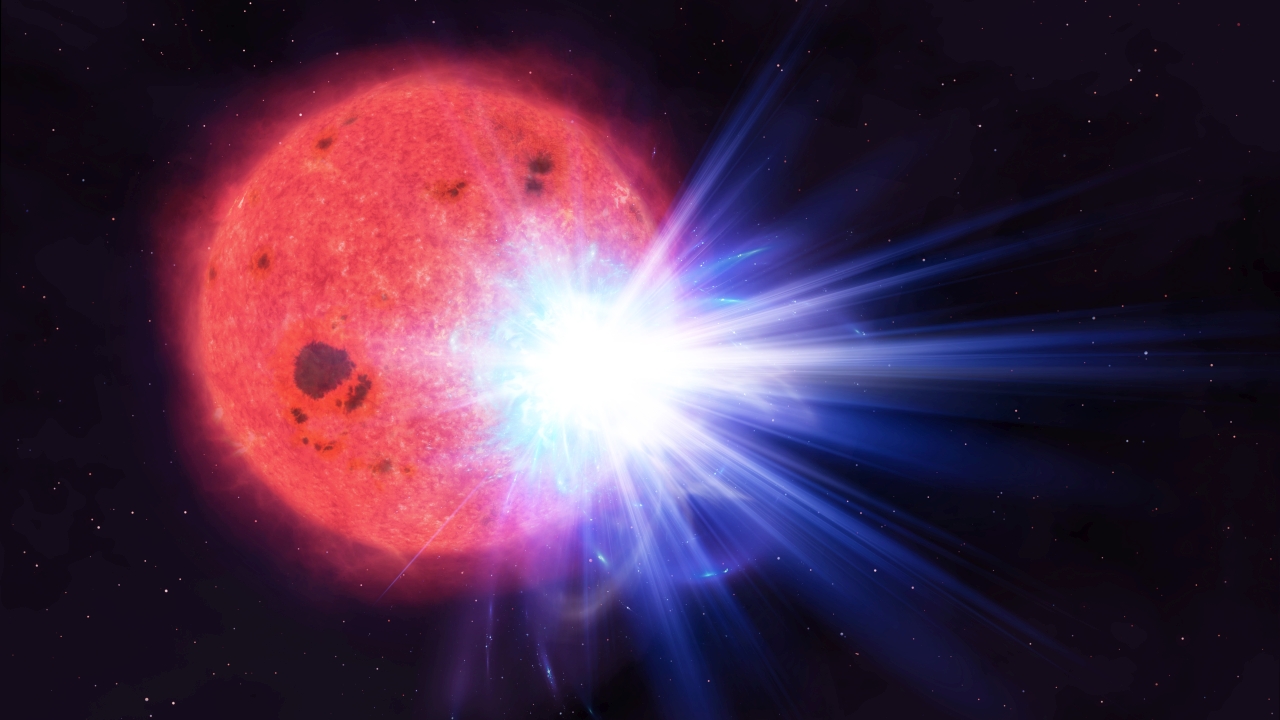
Very Fast Optical Flashes from Red Dwarfs Revealed by Video Observations
August 9th, 2022
Video observations by Tomo-e Gozen have discovered 22 very fast and powerful optical flares from red dwarfs, which have been difficult to be detected.
Such very fast and powerful flares are likely to be produced by instantaneous energy release of strong magnetic fields, potentially giving an impact on planetary habitability around red dwarfs.
— DOI:10.1093/pasj/psac056
— press release
— DOI:10.1093/pasj/psac056
— press release
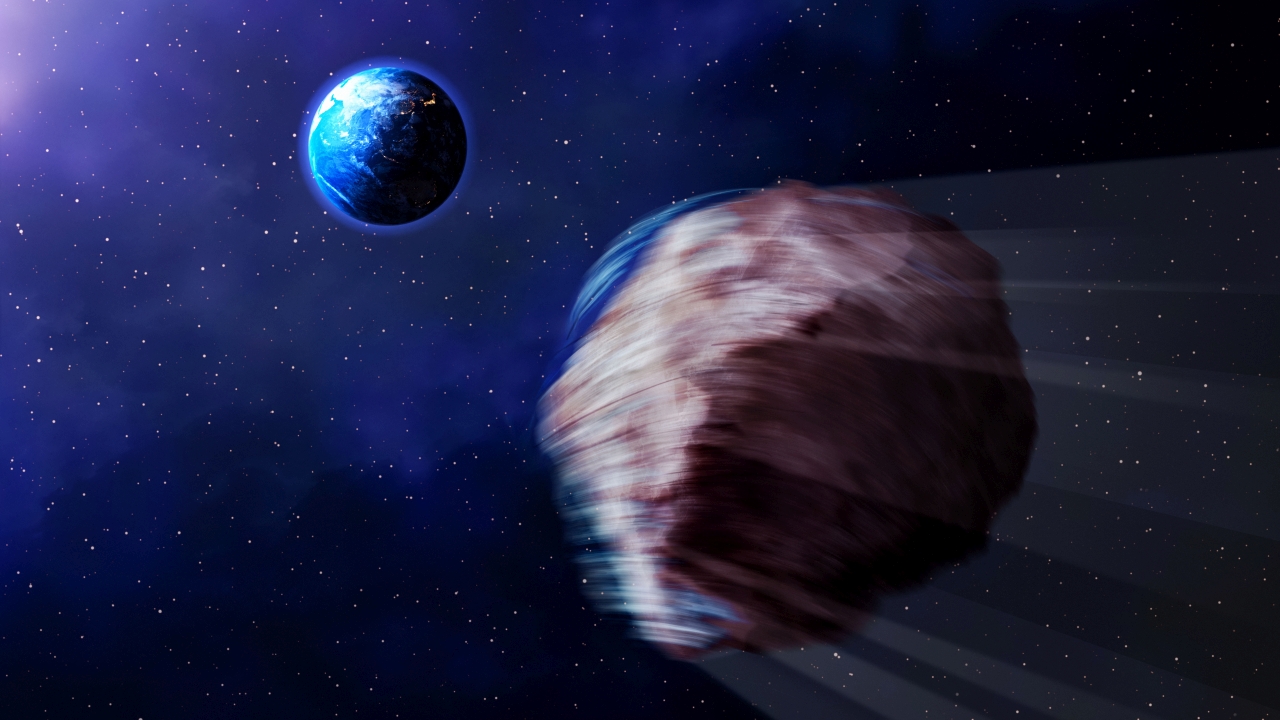
Fast rotations of near-Earth asteroids revealed by video observations
July 13th, 2022
Tomo-e Gozen carried out video observations of 60 tiny (diameter less than 100 m) near-Earth asteroids (NEAs) and successfully derived rotational periods and axial ratios of 32 NEAs. The distribution of the tiny NEAs in a diameter and rotational period (D-P) diagram is truncated around a period of 10 s. The dependence of the tangential YORP effect on the rotational period potentially explains the observed pattern in the D-P diagram.
— DOI:10.1093/pasj/psac043
— press release
— DOI:10.1093/pasj/psac043
— press release
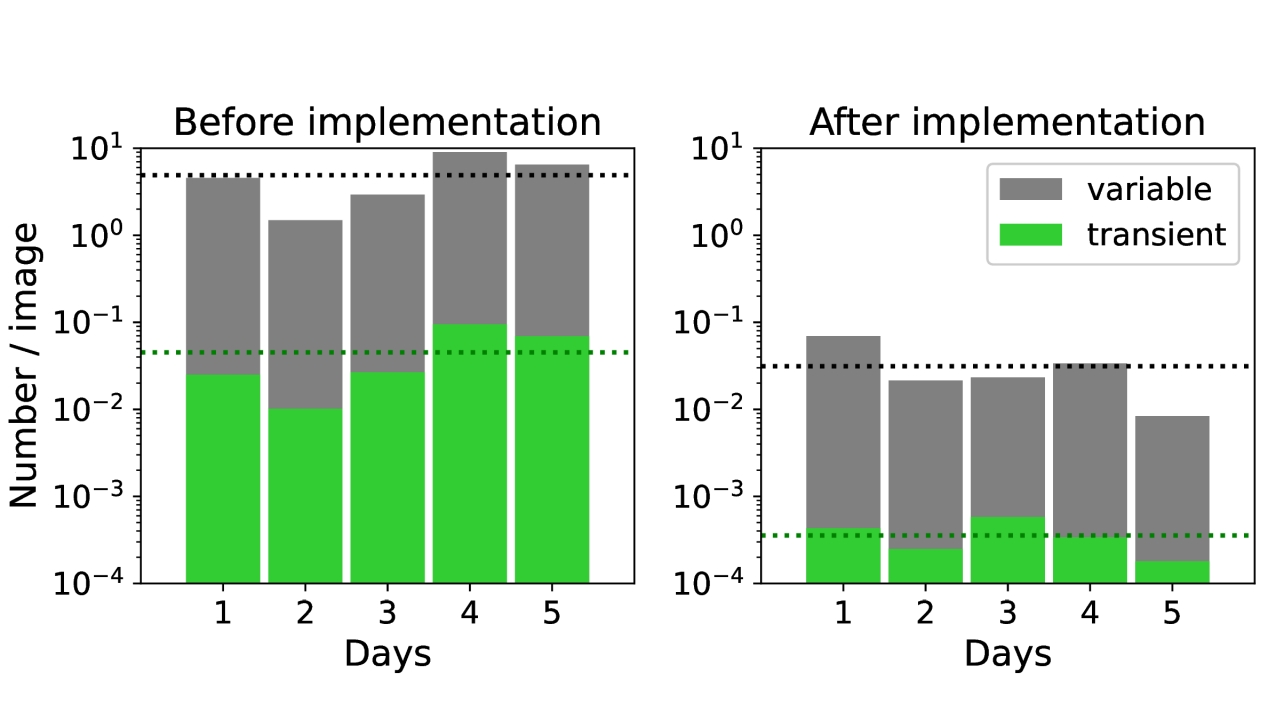
Classification of Real Transients Improved Drastically
June 22nd, 2022
A high-performance machine learning classifier has been developed to classify real transients from the Tomo-e Gozen transient survey data. This classifier detects label errors in the training data by itself and performs “semi-supervised learning”. With this new classifier, the classification performance on the actual observed data has been improved more than 100 times compared to the previous classifier.
— DOI:10.1093/pasj/psac047
— DOI:10.1093/pasj/psac047
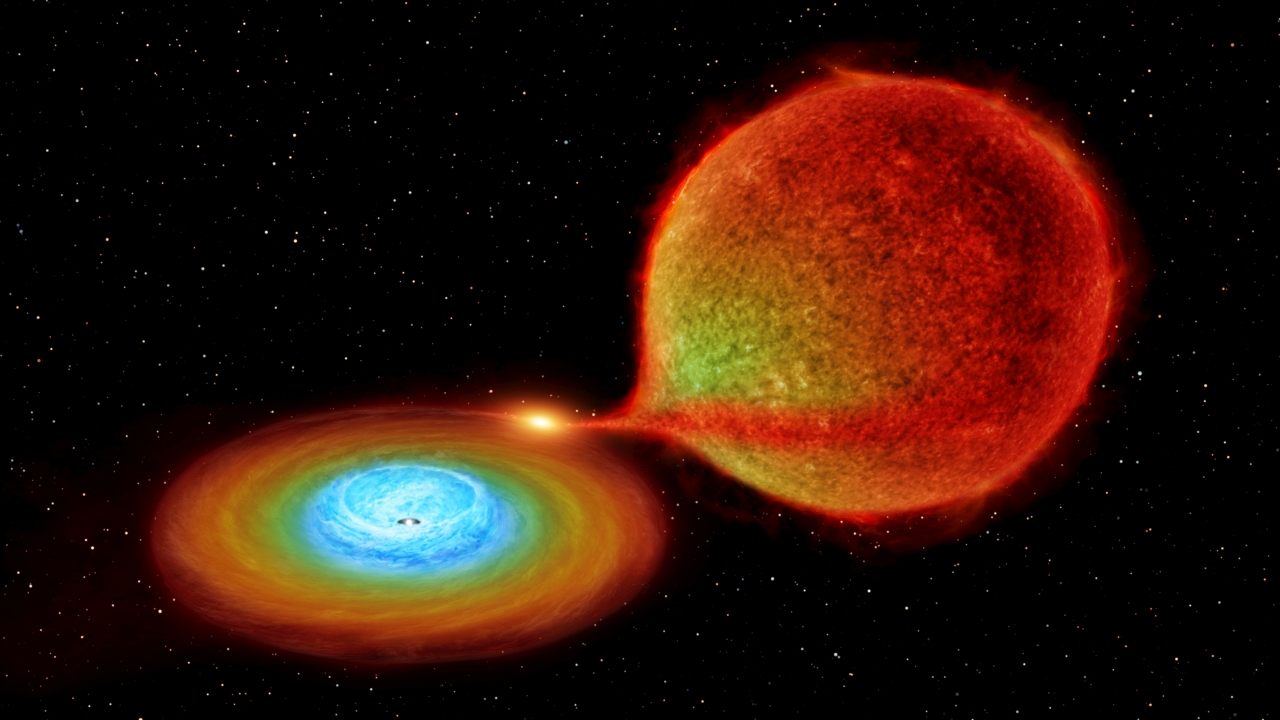
Detection of Highly Correlated Optical and X-ray Time Variations in SS Cygni
May 18th, 2022
Tomo-e Gozen and the X-ray telescope NICER on the International Space Station carried out simultaneous high-speed observations
of the dwarf nova SS Cyg. Highly correlated optical and X-ray variations and optical lags ranging from 0.3 to 3.1 s
were successfully detected.
— DOI:10.1093/pasj/psac027
— press release
— DOI:10.1093/pasj/psac027
— press release
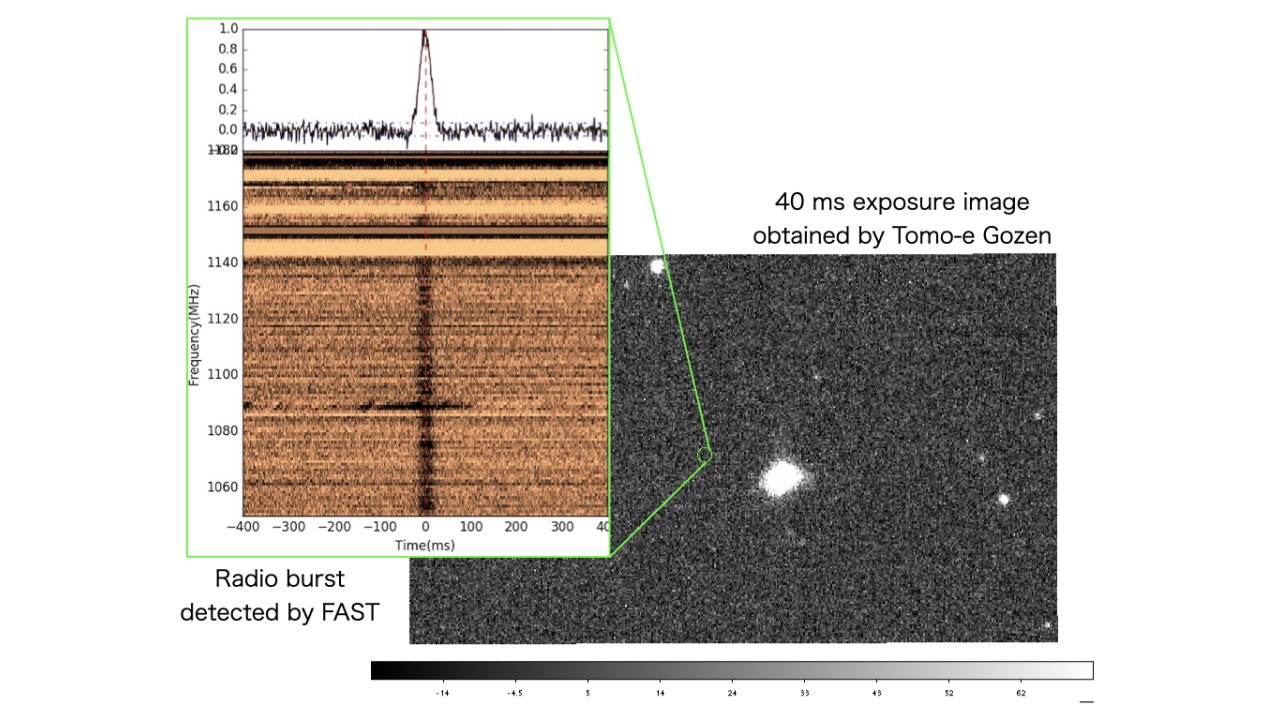
Deep Simultaneous Limits on Optical Emission from FRB 20190520B by High-speed Observations
April 26th, 2022
Tomo-e Gozen conducted a search of an optical emission from a repeating Fast Radio Burst, FRB 20190520B, simultaneously with a radio observation
by the Five-hundred-meter Aperture Spherical radio Telescope (FAST). The no detections of any signal in the optical data taken at the arrival
times of radio bursts with a high-frame rate of 24.4 fps (40 millisecond exposure) placed a deep upper limit on optical emissions from the radio bursts.
— DOI:10.3847/1538-4357/ac6be8
— DOI:10.3847/1538-4357/ac6be8
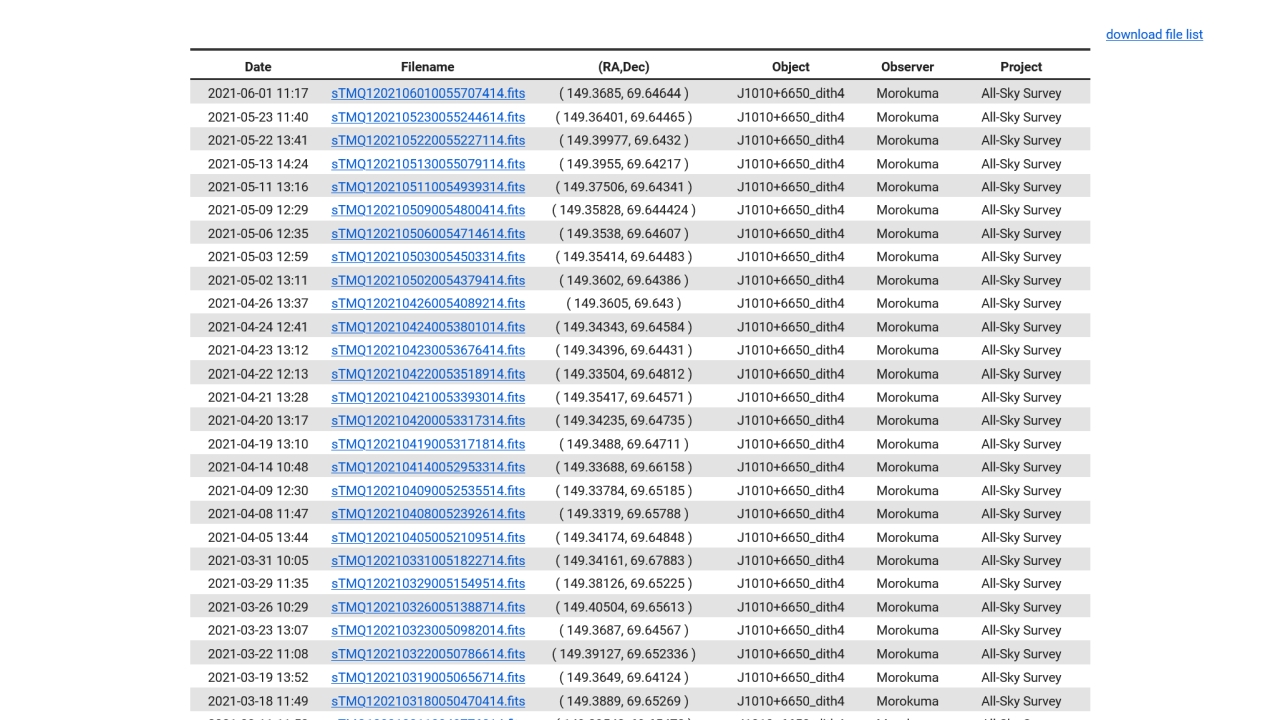
The Tomo-e Gozen Public Archive Data Released
December 15th, 2021
Stacked FITS images obtained by the all-sky video-survey are opened to the public. The image data are released after 180 days from the observations.
— more details
— more details
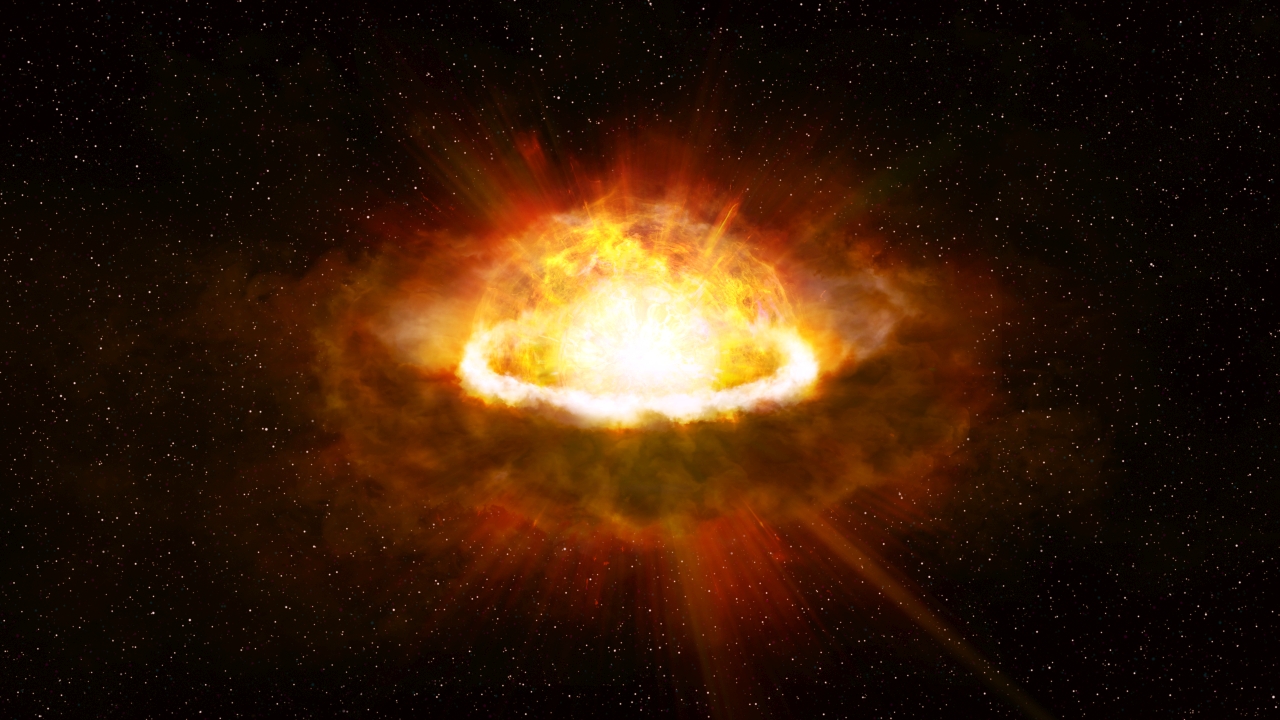
Discovery of the Fastest Optical Flash Emitted From a Newborn Supernova
December 9th, 2021
Tomo-e Gozen discovered a prominent flash of a peculiar overluminous Type Ia supernova, SN 2020hvf, in about 5 hr of the supernova explosion.
The fast evolution of the early flash was captured by the Tomo-e Gozen high-cadence survey.
— DOI:10.3847/2041-8213/ac375f
— press release
— DOI:10.3847/2041-8213/ac375f
— press release
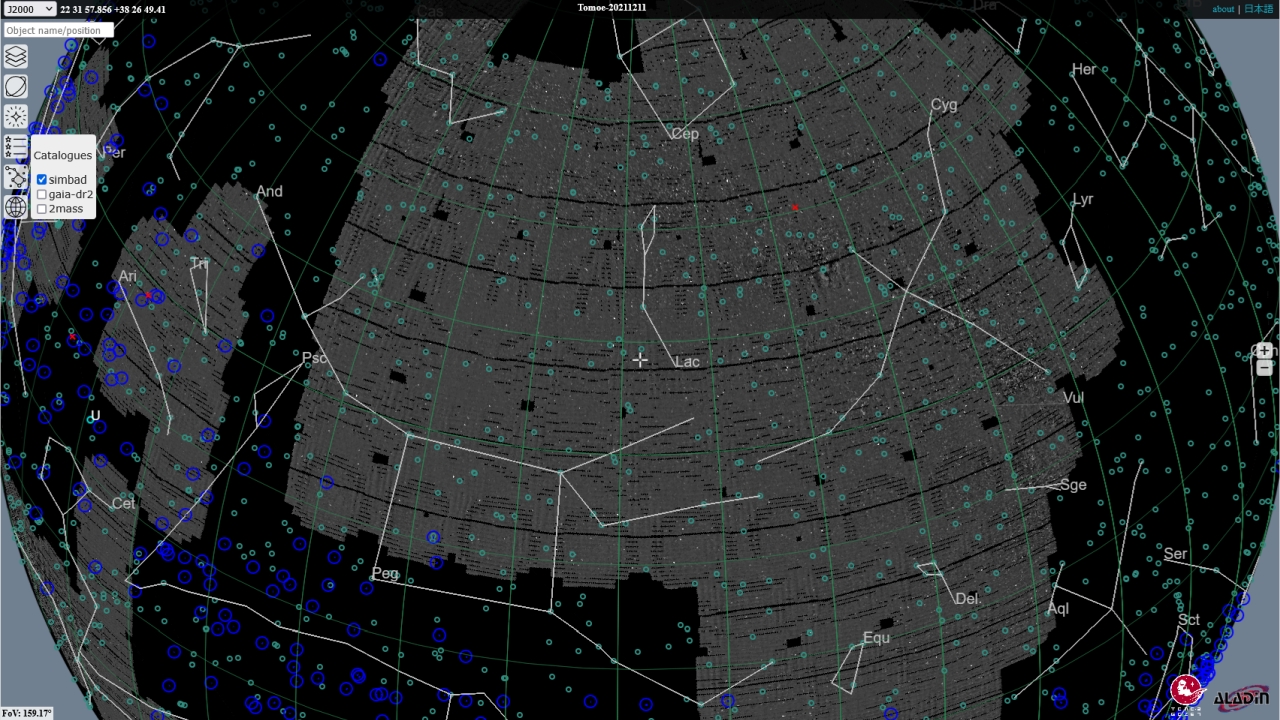
The Tomo-e Gozen Sky Atlas Released
May 15th, 2021
The Tomo-e Gozen Sky Atlas is a web utility for viewing sky images obtained with Tomo-e Gozen. You can find objects which change brightness such as novae, supernovae, and variable stars, and moving objects such as planets, asteroids, and comets by comparison with images taken on different observation dates. The image data are updated around noon in JST (3 AM in UT) every day.
— more details
— more details
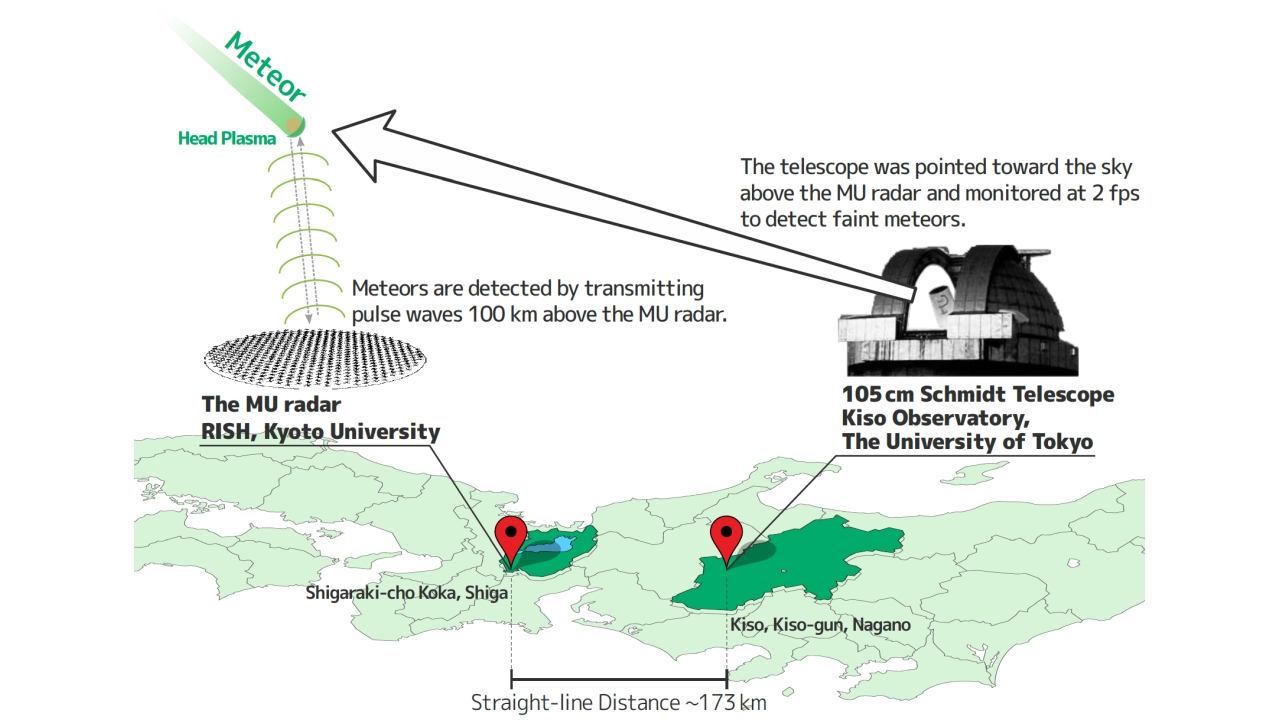
Radar and Optical Simultaneous Observations of Faint Meteors
November 11th, 2020
The MU radar and Tomo-e Gozen detected 331 faint sporadic meteors simultaneously. The observations revealed a linear relationship between radar cross sections and optical brightness and confirmed that this collaboration is promising to investigate interplanetary dust in the vicinity of the Earth.
— DOI:10.1016/j.pss.2020.105011
— press release
— DOI:10.1016/j.pss.2020.105011
— press release
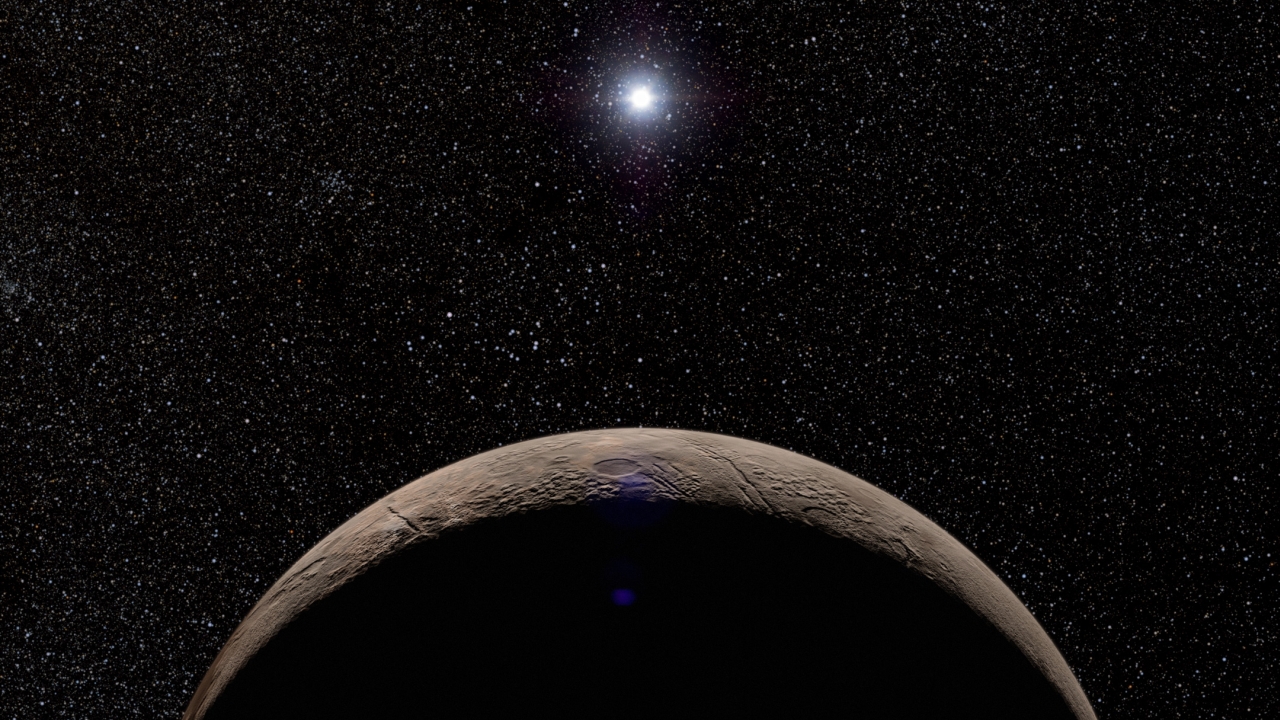
New Constraint on the Atmosphere of Quaoar from a Stellar Occultation
November 27th, 2019
Tomo-e Gozen obtained single-chord high-cadence (2 fps) photometry data of a stellar occultation by a Kuiper Belt object Quaoar. No indication of atmospheric refraction was detected, putting a strict upper limit on the pressure of a methane atmosphere which implies the absence of a ~10 nbar-level global methane atmosphere on Quaoar's surface. Image: Ko Arimatsu/AONEKOYA
— DOI:10.3847/1538-3881/ab5058
— DOI:10.3847/1538-3881/ab5058
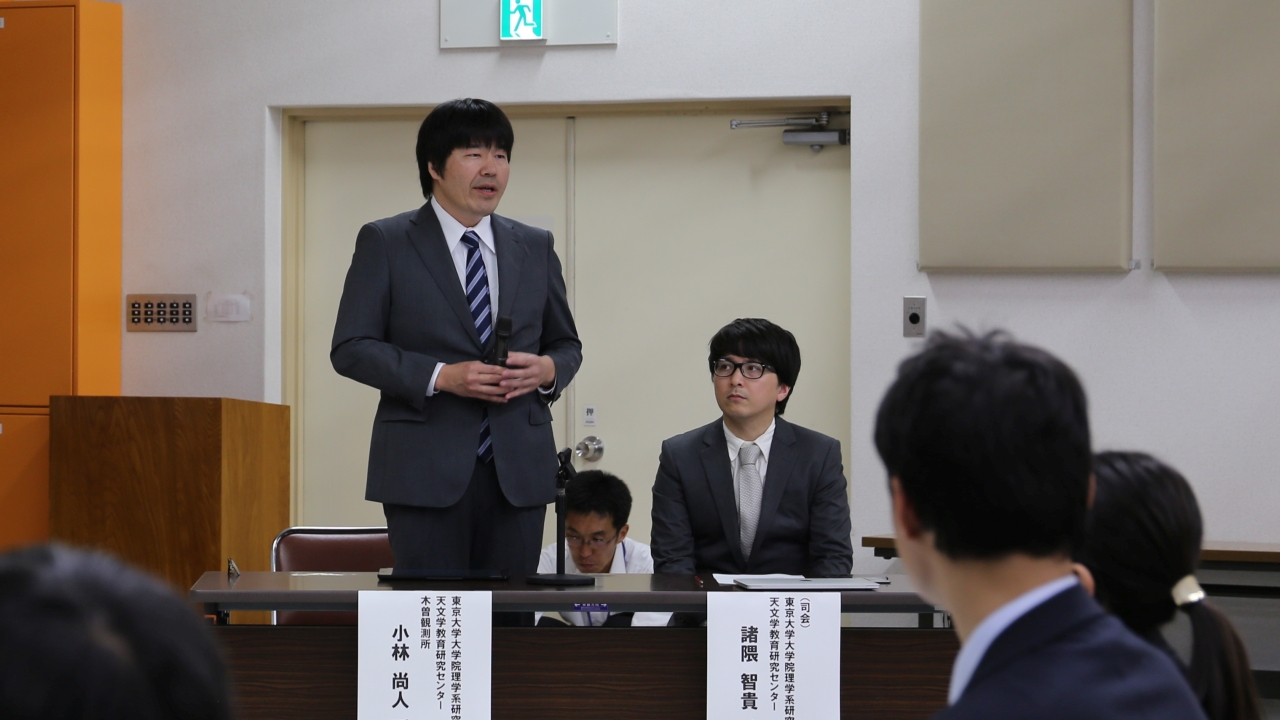
A Full Operation of Tomo-e Gozen Starts
September 30th, 2019
Kiso Observatory, Institute of Astronomy, School of Science, the University of Tokyo held a ceremony at Kiso-Fukushima city to announce that a full operation of Tomo-e Gozen starts.
— more details
— more details
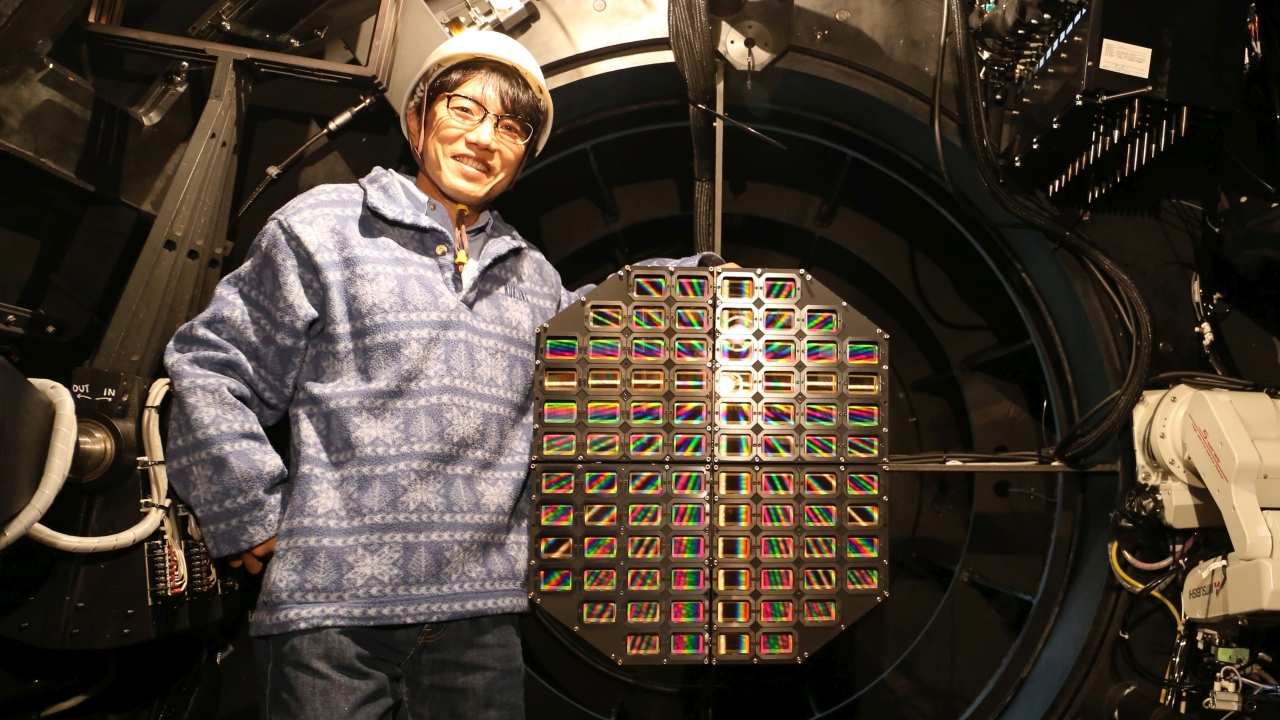
Mosaic CMOS Camera was Completed
April 23rd, 2019
The fourth quadrant camera unit was deployed on the Kiso Schmidt telescope. As a result, the Tomo-e Gozen camera with 84 chips of CMOS image sensors was completed.
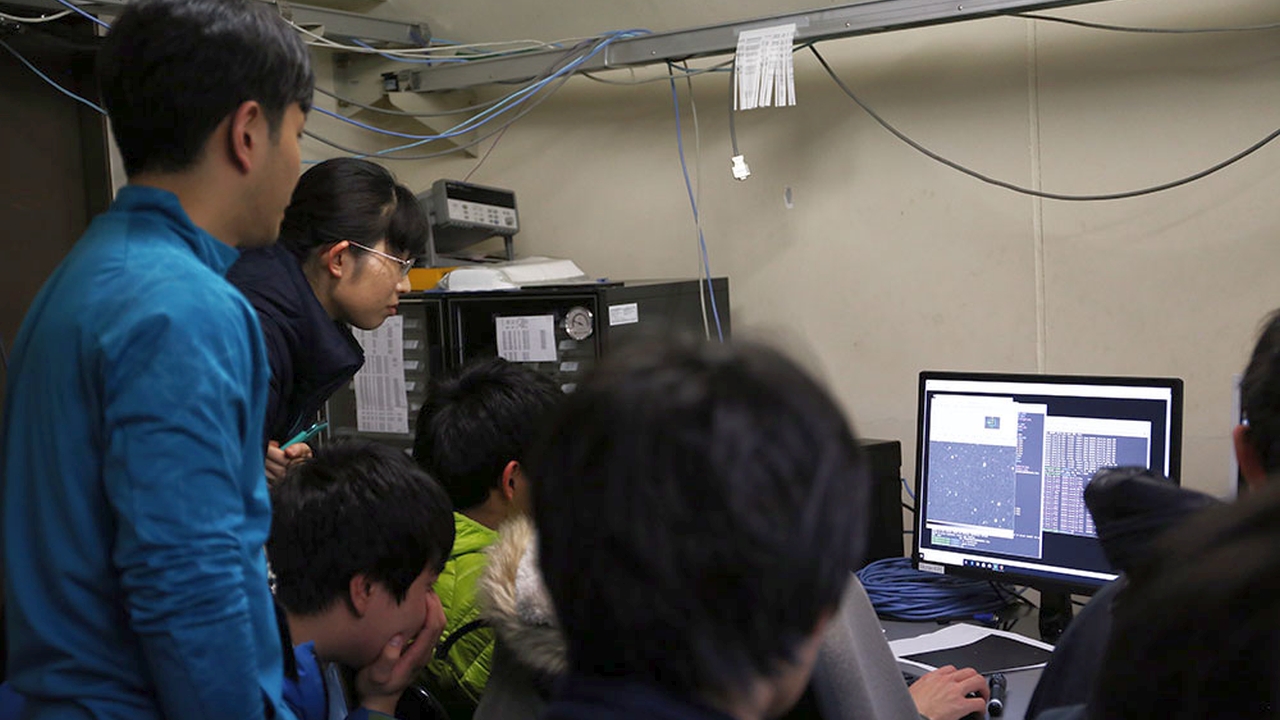
High School Educational Program using Tomo-e Gozen
26th March 2019
An educational program with 30 high-school students was held for 4 days. The students worked on scientific themes regarding to planetary nebulae and galaxies with the Tomo-e Gozen camera.
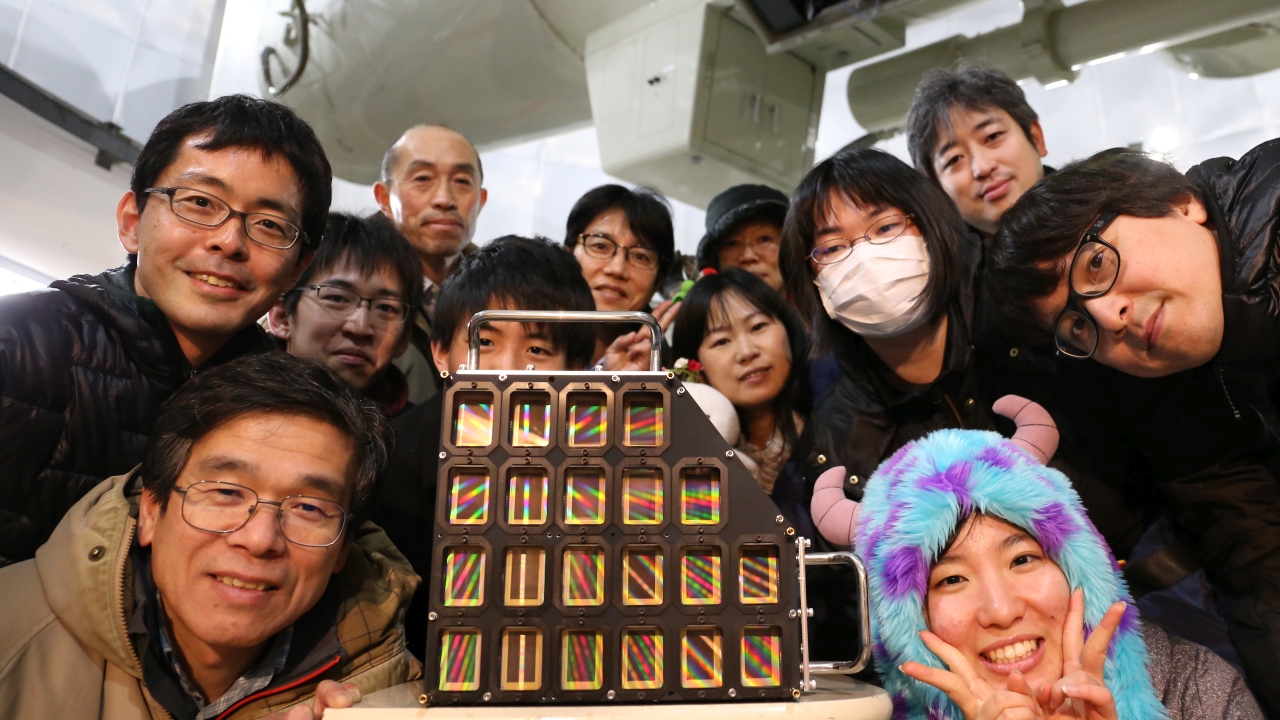
Commissioning of the 3rd Quadrant Camera Unit
March 13th, 2019
The third quadrant unit of Tomo-e Gozen camera was completed. Good performance was confirmed in a commissioning run with the three camera units on the Kiso Schmidt telescope.
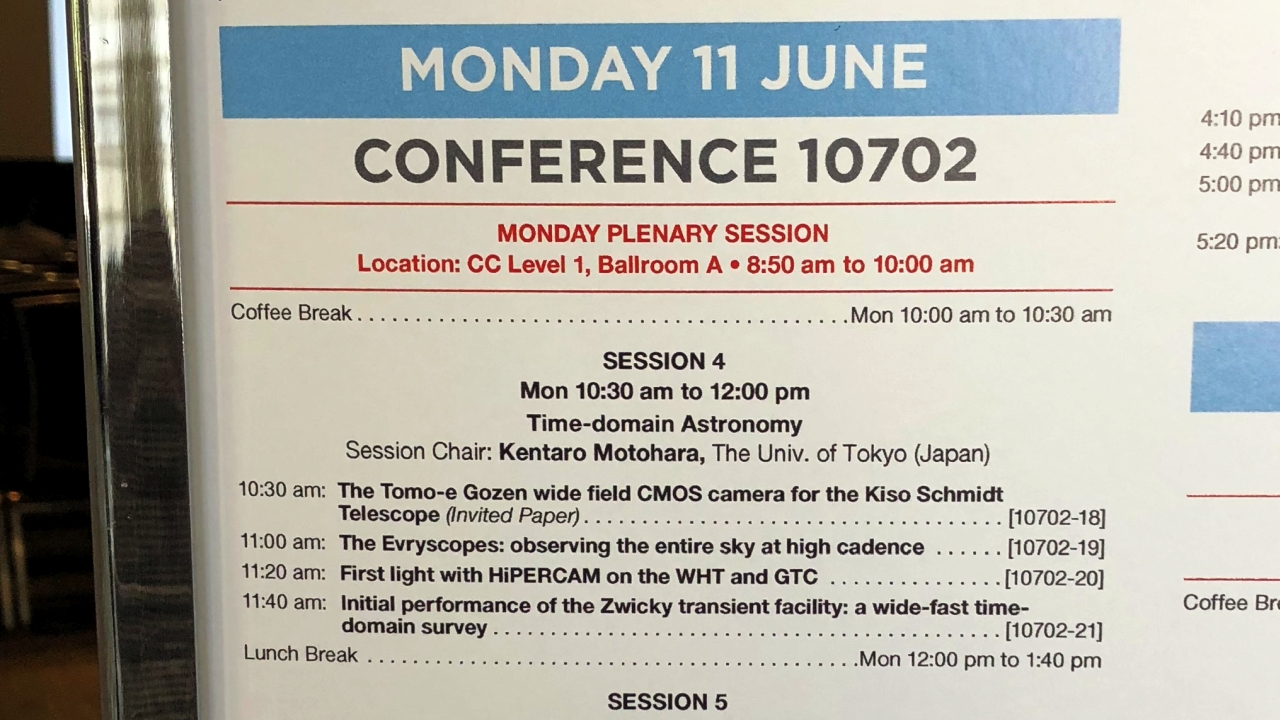
Presentation in SPIE 2018
June 11th, 2018
Project status of Tomo-e Gozen was presented as an invited paper in the SPIE conference "Astronomical Telescopes + Instrumentation" held at Austin, Texas, US.
— DOI:10.1117/12.2310049
— DOI:10.1117/12.2310049
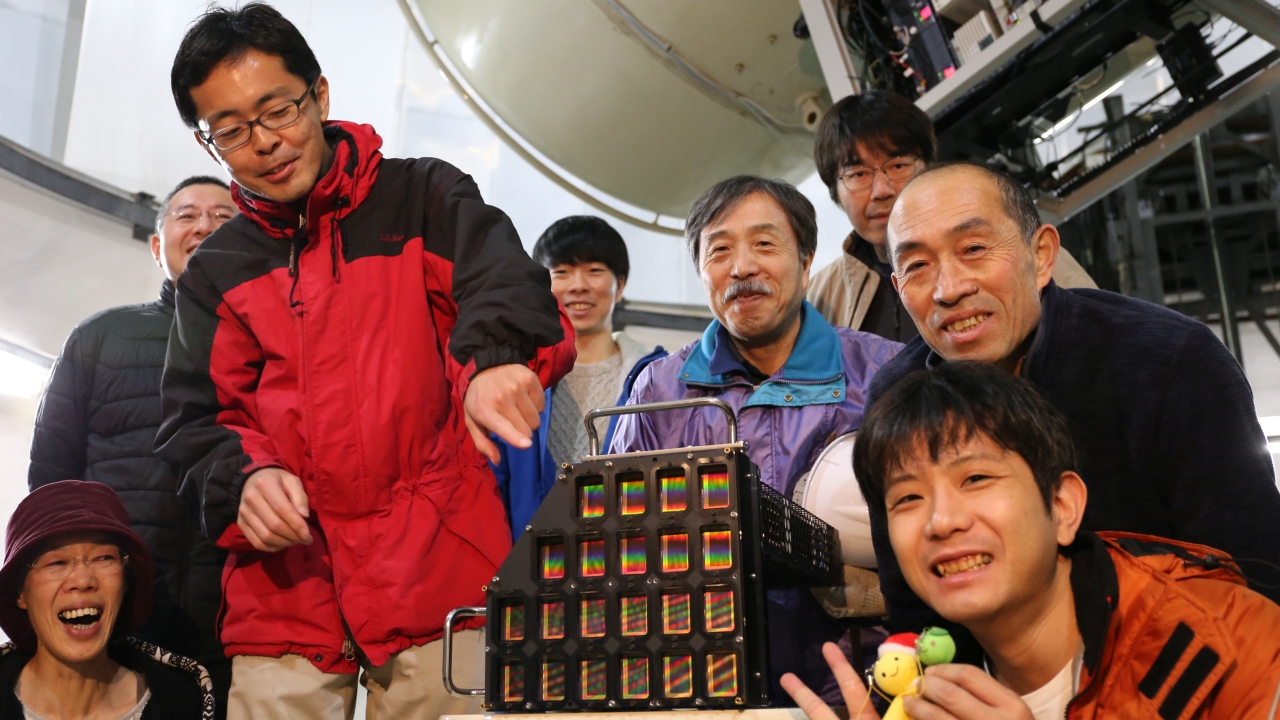
Commissioning of the 2nd Quadrant Camera Unit
November 27th, 2018
The second quadrant unit of Tomo-e Gozen camera was deployed on the Kiso Schmidt telescope. It was confirmed that the two camera units work well simultaneously.
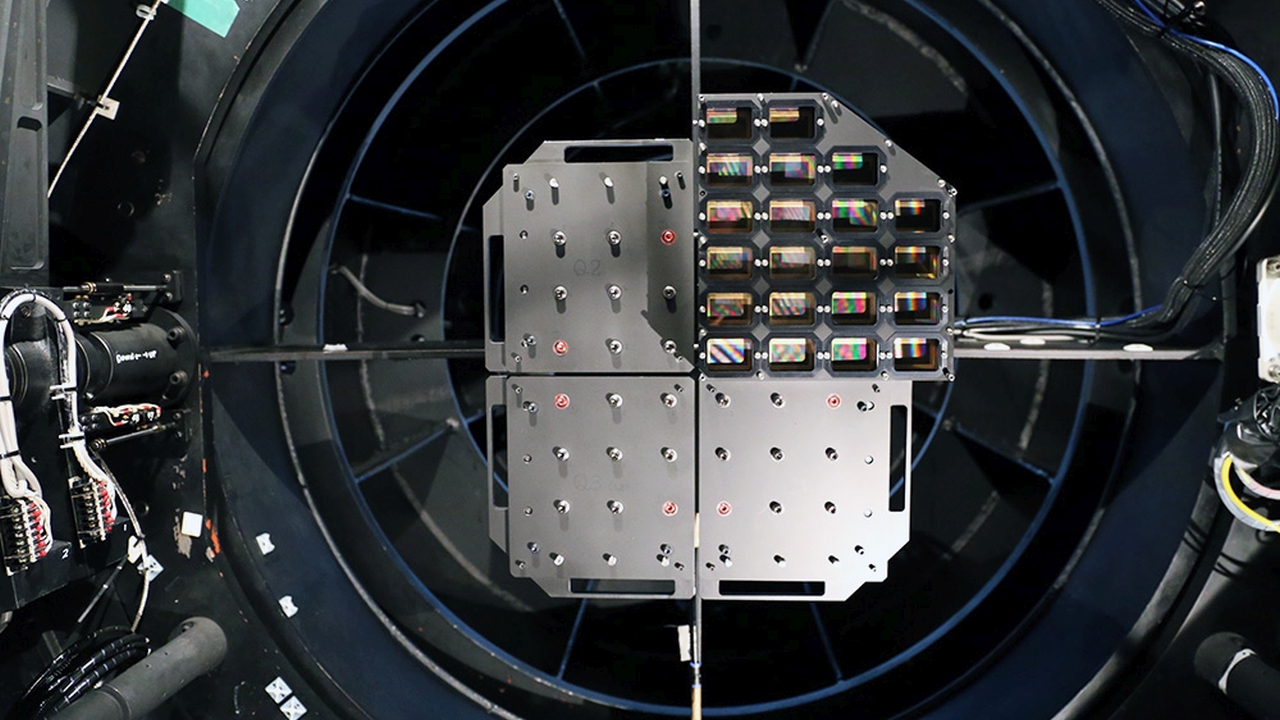
Commissioning of the 1st Quadrant Camera Unit
February 2nd, 2018
The first quadrant unit of Tomo-e Gozen camera with 21 chips of CMOS image sensors was completed. Good performance was confirmed in a commissioning run on the Kiso Schmidt telescope.
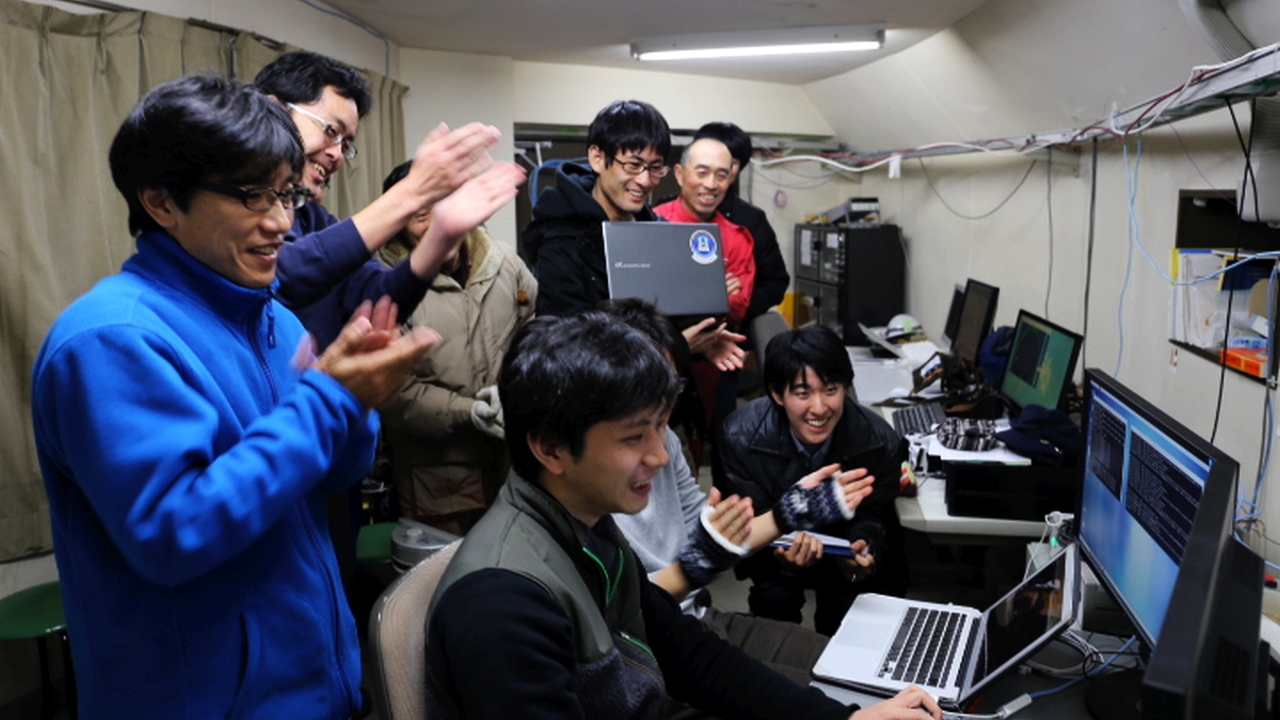
Tomo-e PM First Light
November 24th, 2015
Tomo-e PM with 8 chips of CMOS image sensors successfully see the first light on the Kiso Schmidt telescope.
— DOI:10.1117/12.2231259
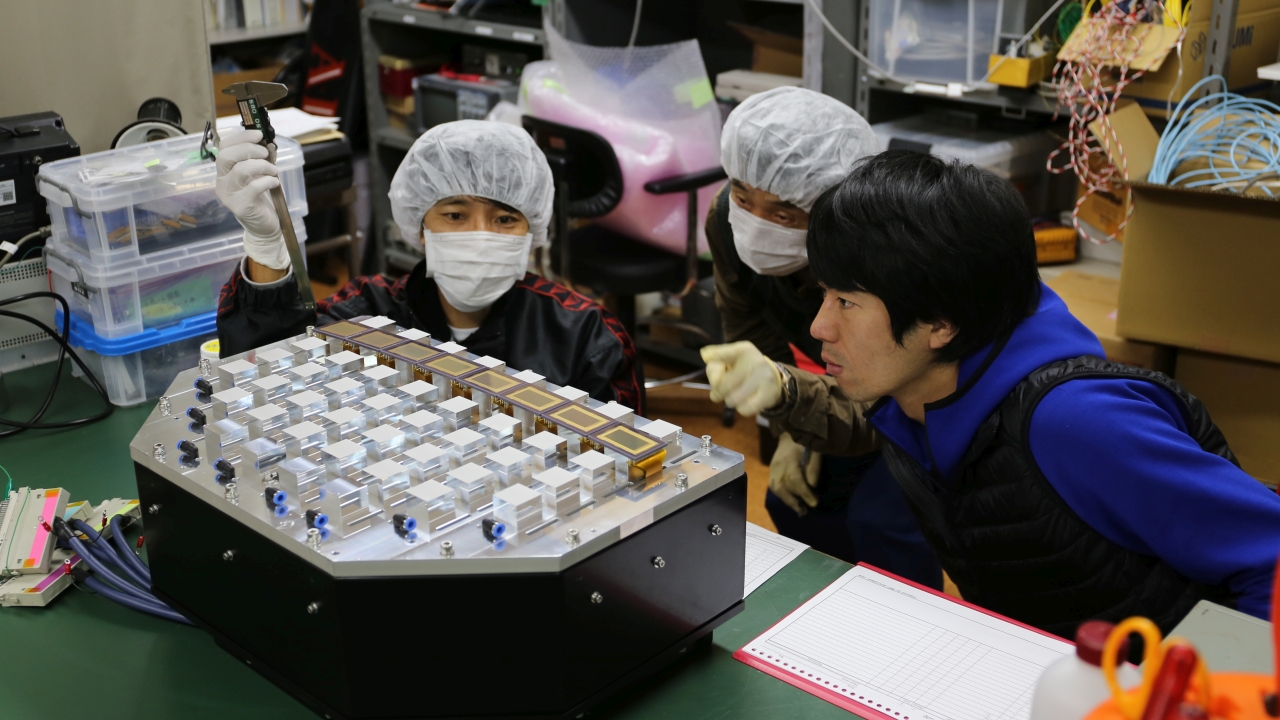
Tomo-e PM Assembly Works were Completed
November 22nd, 2015
Assembly work for a prototype model of the Tomo-e Gozen camera (Tomo-e PM) were completed in a laboratory of the Mitaka headquarters, Institute of Astronomy, the University of Tokyo.
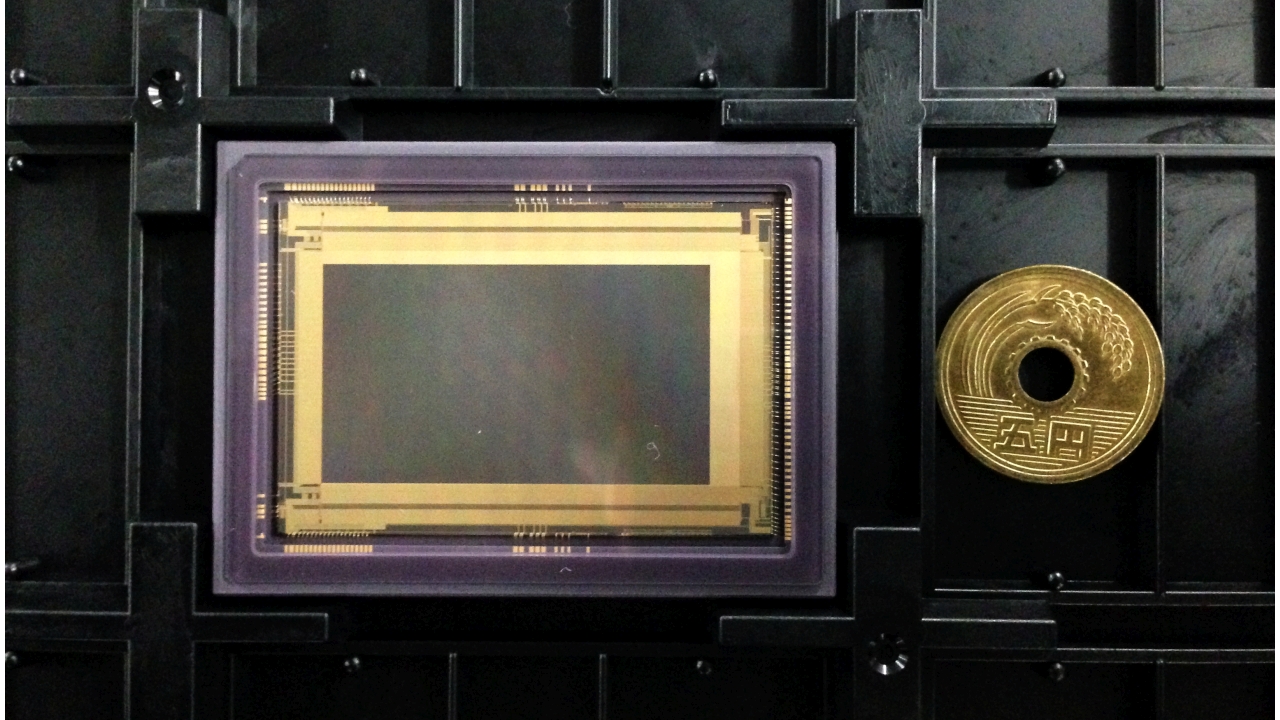
CMOS Image Sensor was Delivered
September 18th, 2014
An engineering grade chip of the CMOS image sensor was delivered to Institute of Astronomy, the University of Tokyo.
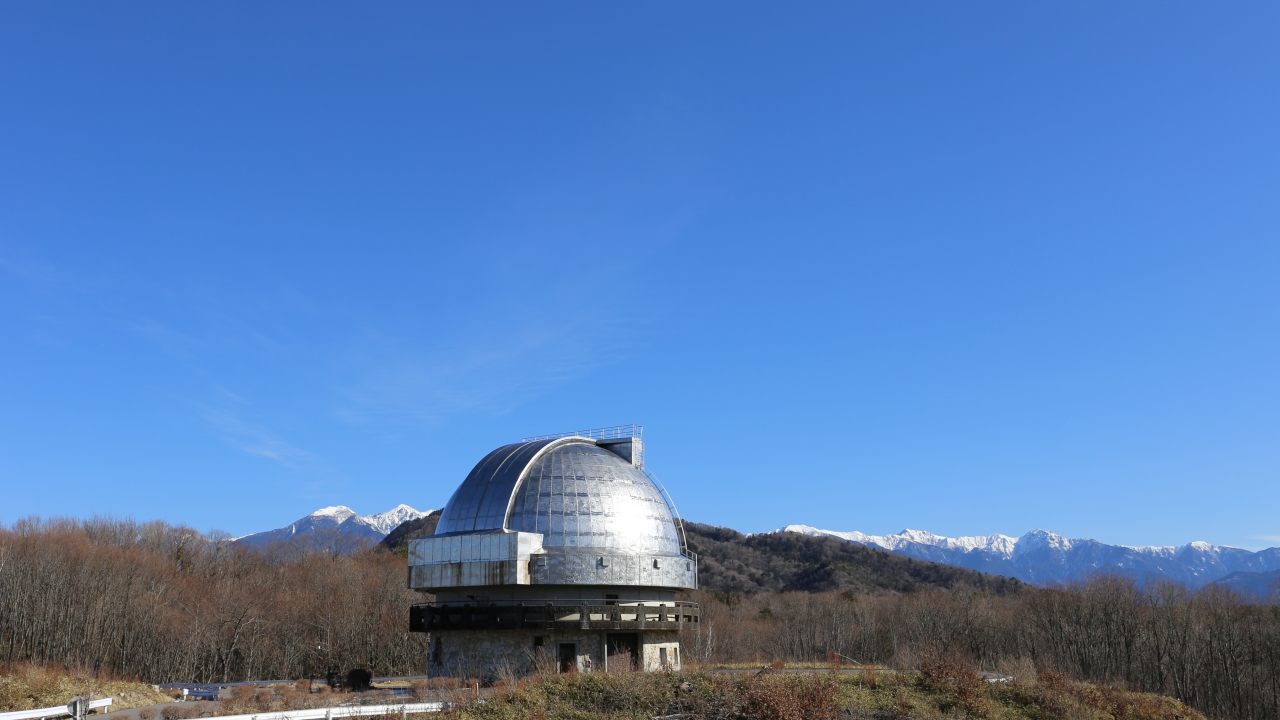
The Tomo-e Gozen Project Approved
April 1st, 2014
The Tomo-e Gozen project was approved as the next generation project of Kiso Observatory, Institute of Astronomy, the University of Tokyo.
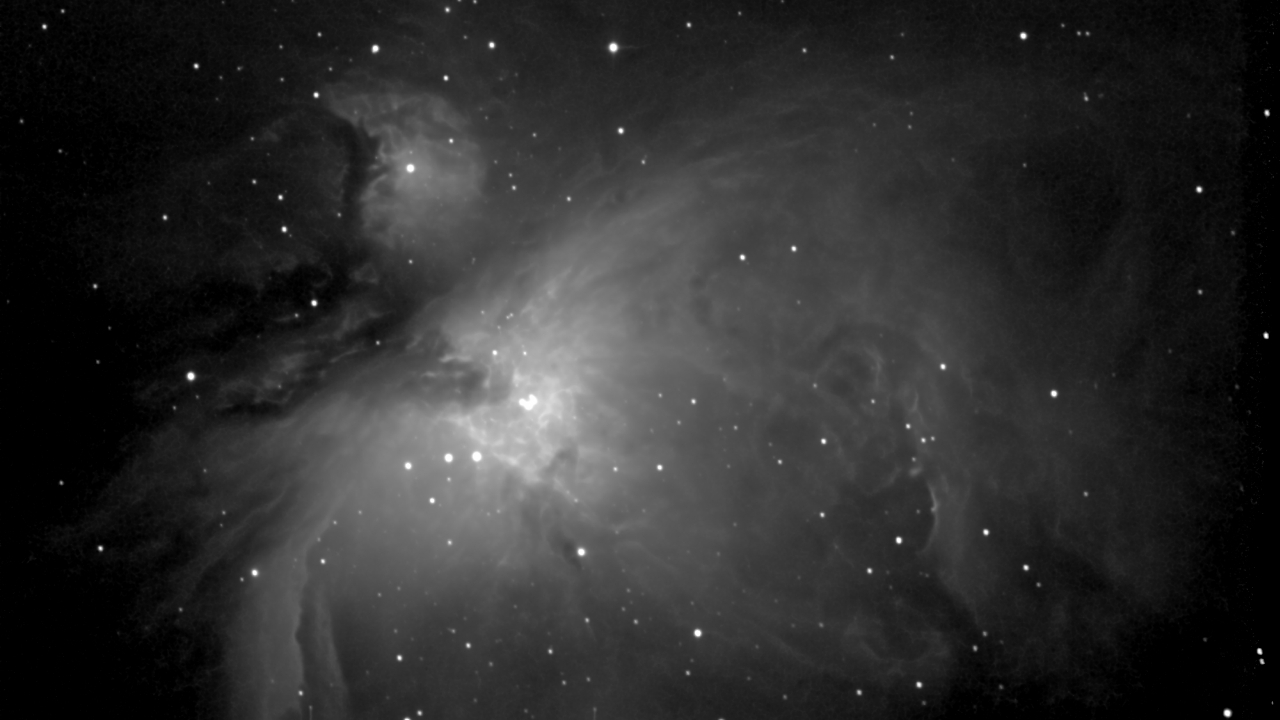
Test Observations for CMOS Image Sensors were Succeeded
December 13th, 2013
Test observations for 35 mm full-HD CMOS image sensors were carried out on the Kiso Schmidt telescope. Clear images and valuable performance evaluation data were successfully obtained.